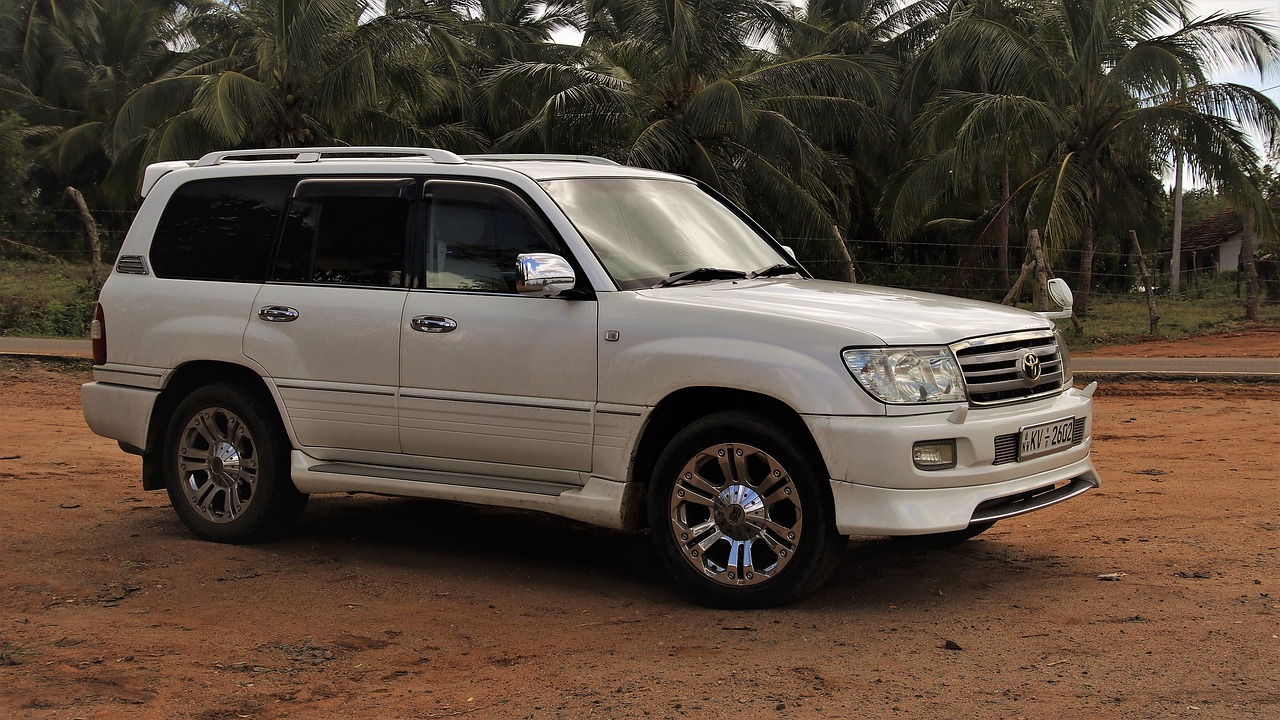The Future of Car Insurance: Usage-Based Policies and Telematics
Over the years, traditional car insurance models have faced numerous challenges in adapting to the evolving needs of consumers and technological advancements. One of the primary obstacles is the reliance on historical data and standardized risk assessment methods, which may not accurately reflect an individual driver’s behavior and level of risk. This one-size-fits-all approach often results in higher premiums for low-risk drivers and inadequate coverage for high-risk drivers.
Moreover, the traditional model’s lack of flexibility in adjusting premiums based on actual driving habits and patterns can lead to dissatisfaction among policyholders. As technology continues to play a significant role in the automotive industry, the inability of traditional insurers to incorporate telematics and real-time data tracking is a notable limitation. This disconnect between customer expectations for personalized, on-demand services and the rigid structures of traditional car insurance models underscores the need for innovative solutions in the industry.
The Rise of Usage-Based Insurance Policies
Usage-based insurance policies, also known as pay-as-you-go or pay-per-mile insurance, have been gaining popularity in recent years. These innovative policies use telematics technology to track a driver’s behavior, including their mileage, speed, and braking patterns. By using real-time data, insurance companies can offer personalized premiums based on individual driving habits, rewarding safe drivers with lower rates.
One of the key benefits of usage-based insurance is the potential to save money for policyholders. Drivers who have lower mileage, drive during safer times of day, and exhibit safer driving behaviors can see significant reductions in their insurance premiums. This shift towards more personalized pricing not only incentivizes safer driving practices but also allows drivers to have more control over their insurance costs based on their own behaviors behind the wheel.
What are the challenges in traditional car insurance models?
Traditional car insurance models base premiums on factors like age, gender, and driving record, leading to higher costs for some drivers who may be low-risk.
What are usage-based insurance policies?
Usage-based insurance policies use telematics technology to track a driver’s behavior, such as mileage, speed, and braking, to determine premiums based on actual risk.
How do usage-based insurance policies benefit drivers?
Usage-based insurance policies can offer lower premiums for safe drivers, incentivize better driving habits, and provide more personalized coverage based on individual behavior.
Are there any drawbacks to usage-based insurance policies?
Some drivers may have concerns about privacy and data security when using telematics devices to track their driving habits for insurance purposes.
How are insurance companies adapting to the rise of usage-based insurance policies?
Insurance companies are increasingly offering usage-based insurance policies to attract safer drivers and stay competitive in the evolving insurance market.
How can drivers determine if a usage-based insurance policy is right for them?
Drivers should consider their driving habits, privacy concerns, and willingness to share data before deciding if a usage-based insurance policy aligns with their needs and preferences.





